Curtis Yarvin, a far-right blogger writing under the alias Mencius Moldbug, has acted as a disruptor for decades and has amassed a very loyal following in doing so. Yarvin is different from most other bloggers, in that his followers include powerful figures in US politics and the US intelligence community, like Peter Thiel. His past calls for a military coup in the US and his campaign RAGE (Retirement of All Government Employees) have brought his work notoriety, but his deep ties to individuals enmeshed with the national security state make him an essential figure to examine and scrutinize. Oddly enough, in examining Yarvin’s own family connections, it becomes clear that his ties to the national security state go far beyond his closeness to figures like Peter Thiel and other authoritarianism enthusiasts who publicly masquerade as “libertarian.”
While investigating Curtis Yarvin for an upcoming article on the true origins of his neo-reactionary ideology, I spent some time going through his immediate family and discovered some interesting connections, which eventually formed an article of their own. In fact, I’ve found that mapping the unknown family history of Curtis Yarvin has led further down the rabbit hole than I ever expected to go.
Today, we’ll be simply looking at the lesser known Herbert Yarvin and Norman Yarvin, the father and brother of Curtis Guy Yarvin. This is a look inside Mencius Moldbug’s personal trinity, made up of the father, the son, and the brother Norm. This journey will be explosive to say the least.
Herbert Yarvin – International Man of Mystery
Herbert S. Yarvin was born in the middle of World War II in 1942. The Americans had entered the war a year before, but Herbert Yarvin would grow up safe from the dangers of Nazi Germany. In the 1950s, Herb would attend Westbury High School in Nassau County, New York, where, in 1959, he was voted “Most Likely to Succeed” out of his graduating class.
Under Herb Yarvin’s yearbook photo, it’s written:
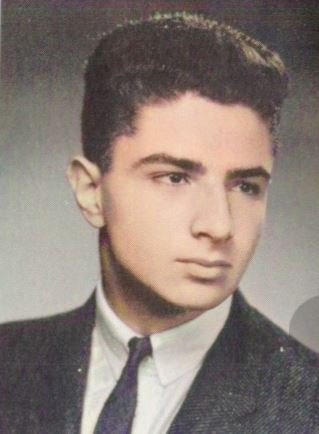
“Herb – “Ambition has no rest.” . . . A bright future unfolds before him in the fields of math and science . . . plans to attend college . . . dislikes people who feign sincerity . . . Band, Soccer.”
A decade later, on 4 September 1969, Herb Yarvin, who was then 27, and Susan Heath, then 24, would marry in Marin, California. After two years of married life, the couple had their eldest son, Norman Manda Yarvin. 3 years later, Curtis Yarvin, a.k.a Mencius Moldbug, would wriggle free of his mother’s womb and begin his own journey. Family life led Herb to throw himself into his work and, even though he had a young family, he would still find the time to write philosophical tutorials for those who were interested in technical philosophy and those who could keep up with his high level of intellectualism.
Herb was an extremely intelligent individual who was able to put philosophical technique under critical scrutiny. In 1974, extracts from Herb Yarvin’s future paper, Language and the Cogito, would be published by the American Philosophical Association’s Eastern Division (APAED). On 27 December 1974, the paper would be read in full at their seventy-first annual meeting. Over a year later, in 1976, Herb Yarvin published The Will to Come Out All Right, a paper categorised as religious studies and featured in volume 12:3 of the Philosophical Quarterly of Israel. Herb’s work would also appear in Volume 1 of Teaching Philosophy in the Autumn of 1976 with a piece entitled Asking Questions: Some Techniques. On 1stJanuary of the following year, Herb Yarvin finally published Language and the Cogito; A Journal of Critical Analysis in full.
Yarvin’s impressive analytical abilities would soon see him recruited by the government as a member of the Foreign Service. Herbert and the family would live in a few different places, but Cyprus would be home for most of Curtis’s early life. During that time, Herb and Susan both worked for a time at the US Embassy. Eventually, Herb and Susan’s marriage would deteriorate to the point that they would split with Herb, moving to different embassies. This included a stint in the US Embassy in Oporto, Portugal.
Herb Yarvin’s technical thinking skills saw him create a name for himself within the foreign service. In the early 1990s, Herb headed to Arlington, Virginia, closer than he had ever been before to the halls of American power. It would be during the first administration of President Bill Clinton that Herb Yarvin would find himself appointed to the State 2000 Force, a group tasked with redesigning the entire US approach to foreign affairs as part of the US Department of State Management Task Force. As a member of the State 2000 Force, Herb found himself heading up the section of the report which would advise the administration on how to exploit technology, economics and global issues. Entitled: State 2000 : A New Model for Managing Foreign Affairs, the report was released in January 1993.

In 1997, Herb was again tasked to write a report on behalf of the Clinton administration on the subject of the HIV/AIDS epidemic and how it was affecting miners in South Africa.
There is also anecdotal evidence that refers to Herb Yarvin in 1997, while he was working in the US Embassy in Nigeria. In September 2000, Herb’s eldest son, Norman Manda Yarvin, wrote: “My father worked in the US Embassy in Lagos, Nigeria for a couple of years, and saw plenty of scams played on Americans.” Later, in the same post, Norman Yarvin also states that, “In Lagos, US embassy personnel did not drive to the airport except in an armored car – not because of terrorism, either; just due to random violence. That was three years ago.”
In 1998 and 1999, Herbert Yarvin took part in the Standing Committee on Copyright and Related Rights (SCCR) in the position of Counsellor for Economic Affairs, based in the permanent mission, Geneva, Switzerland. The SCCR was set up in the 1998-1999 biennium to examine matters of substantive law or “harmonization” in copyright and related rights as a specialised committee inside the World Intellectual Property Organisation (WIPO). The dawn of the internet age saw an international effort to create globally recognised legal standards and practices concerning copyright in cyberspace. Herb was part of a 12 person United States delegation which included representatives of the State Department, Department of Commerce, and the Library of Congress. The creation of the SCCR came hot on the heels of the DMCA (Digital Millenium Copyright Act) being passed by the U.S. Congress in 1998 under the Clinton administration to legislate for, and to tackle, copyright infringement by electronic means, particularly over the Internet. The DMCA was the implementation of two WIPO treaties signed in 1996.
Also in 1998, Herb Yarvin is noted as being a member of the UN Economic and Social Council, which would produce a report for the Commission on Science and Technology for Development between 17 and 21 May 1999.
The Legend of Norm
In 1971, Norman Yarvin was born and Curtis would follow a few years later. They were privileged children who were born to parents working for the American Foreign Service. In 1988, the AFSA (American Foreign Service Association) Committee on Education announced a list of financial aid scholarships awarded to “foreign service students”. It was announced in the Foreign Service Journal of October 1988 that Curtis Yarvin had been the recipient of the Hope Rogers Bastek Memorial Scholarship at Johns Hopkins University. Just below Curtis Yarvin’s entry, in the same journal, is the announcement that Norman Yarvin also received financial aid for the same year, obtaining the Ernest V. Siracusa Scholarship to Johns Hopkins. Norman Yarvin can also be found in the Johns Hopkins document entitled Conferring of Degrees at the Close of the 113th Academic Year, published 25 May 1989, and confirms that Norman Yarvin was a Baccalaureate Candidate in the G. W. C. Whiting School of Engineering, graduating with general and departmental honours. The same publication also shows Norman Yarvin of Palo Alto, California becoming a bachelor of science in electrical and computer engineering.
Norman, like his father Herb, is also a very intellectually-minded man. He is extremely gifted and well-read in his field, but he has long had less in the way of social skills compared to his brother, Curtis Yarvin. In 1990, Norman would beginstudying at Yale University’s Department of Computer Science and would help to write research papers that only a limited number of people would be able to understand. In 1997, Norman would obtain his PhD, writing his dissertation on Generalized Gaussian Quadratures and Fast Summation Schemes.

While his father, Herbert, was off in South Africa writing a report for the Clinton administration on HIV and Aids, Norman Yarvin was busy co-writing a scientific paper with his advisor at Yale, Vladamir Rokhlin, entitled An improved fast multipole algorithm for potential fields on one- dimensional structures. The following year, Norman Yarvin co-wrote another paper again with Vladimir Rokhlin entitled, A Generalized One-Dimensional Fast Multipole Method with Application to Filtering of Spherical Harmonics, again for Yale’s Department of Computer Science.
In June 2000, Norman was still publishing at Yale when he was assigned a role in a DARPA-sponsored project that culminated in a paper entitled Prolate Spheroidal Wave Functions, Quadrature and Interpulation, alongside authors Hong Xiao and Vladimir Rokhlin. Between 1991 and 2006, Norman Yarvin would help produce seven papers through Yale’s Department of Computer Science, most of which were sponsored by DARPA. These papers would cover subjects relating to machine learning, computing on matrices, linear algebra algorithms and other such subjects that tend to be lost on the average person. There would be a six year gap between his penultimate paper and his final submission in 2006, but it’s not clear if Norman Yarvin actually continued to work for Yale during that period. For instance, he is recorded in a newspaper headline in 2003 as being a former employee.
Norman Yarvin likes to collect information and has been archiving chats from various online technical forums for decades. Some of the conversations Norman has had in these online discussion rooms were saved. On the week of 11 September 2000, conversations archived in the DaynotesJournals blog on TTGNET gives us some insight into the controversial character that is Norman Yarvin. Some of the discourse may remind you a little of his younger brother.
When talking about Nigerian Scammers in the online chat room, Norman Yarvin is recorded as making statements like: “I think everyone charged with a crime is entitled to a fair trial and the presumption of innocence, but I also think things would be a lot better if habitual criminals like scammers were executed in a timely manner, say within a week of their trials. Hanging 1% of the population would probably eliminate 99% of the actual crime, by which I mean crime against persons and property rather than arbitrarily-defined ‘crimes’ that are in fact consensual conduct, such as drug dealing, gambling, and prostitution.” He goes on in a later exchange to state “It’s remarkably hard to find any argument against the death penalty that isn’t just empty sentimentalism.”
In another piece Norman published on his own website, he blamed Social Security programmes for Germany’s social decline leading up to World War II. In the piece, entitled The Effects of Social Security, he states that “In the case of Social Security, such a chain of inferences deeply implicates the program in the slow global decline of human standards today, and in the degeneration of Germany during the first half of the last century.” Some of Norman’s carefully worded crypto-contrarianism will be familiar to anybody who has read the work of Curtis Yarvin and those observers of Mencius Moldbug will find much of Norman’s take on modern history to be eerily similar.
In August 2002, Norman Yarvin seemed to have been swept up in the official Weapons of Mass Destruction narrative used by the US, UK and their allies to push for the second Iraq War, with Norman stating on the Instapundit forum “Iraq was shipped enough weapons-grade uranium to build a bomb – and the Iraqis still have it”.
Norman Yarvin and the 2003 Yale Pipe Bombing
On the rainy Wednesday afternoon of 21 May 2003, a pipe bomb exploded at approximately 4:40pm in an empty ground floor classroom, Room 120, inside Yale Law School. Students were inside the building taking exams at the time of the explosion. There were no injuries, but there was considerable structural damage as well as witnesses and other evidence, which prompted an official investigation.
The day after the explosion, the FBI had shown some of the people interviewed a composite sketch of a person authorities had yet to identify. A Yale Law School student, Carsten Jungmann, had helped the FBI prepare the sketch and had told the investigators that he had seen the man in Room 120 just two or three minutes prior to the explosion. Jungmann also noted to investigators and the media that the person had been moving awkwardly. Jungmann would go on to say that he could not positively identify the person, but told the FBI that the man was “white and clean-shaven, and had black hair that fell slightly below his ears.” The FBI did not release the sketch to the public and denied that the person was a suspect in the bombing. Within days the then New Haven Mayor, John DeStefano Jr., stated that there was no evidence the incident was in “anyway linked to international terrorism”, but gave no reason as to why the officials had come to that conclusion so quickly.
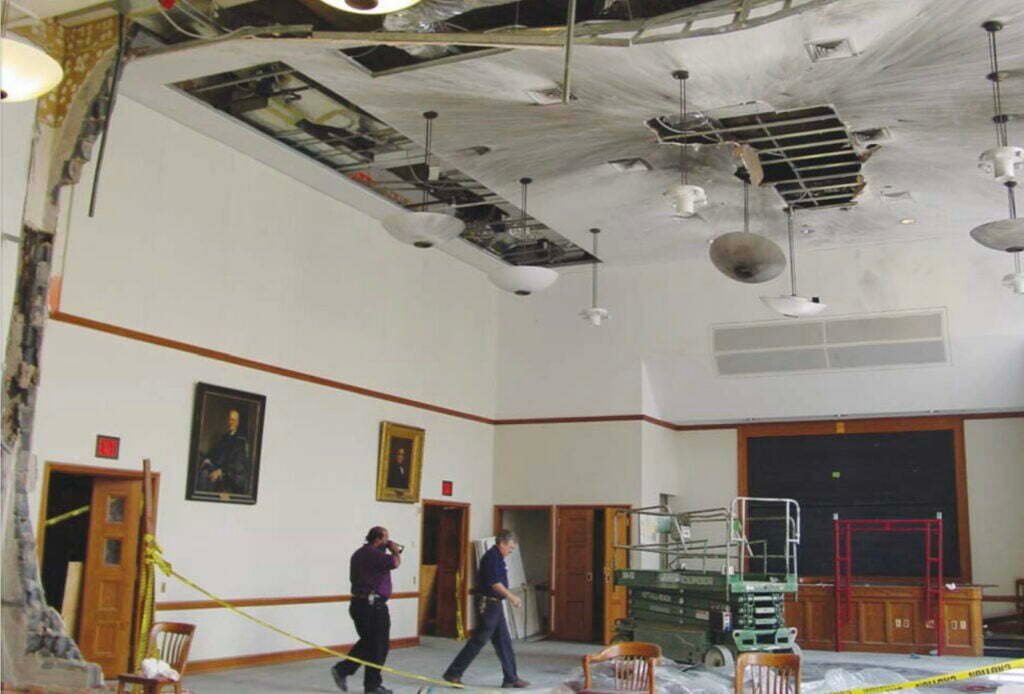
Even though the authorities publicly claimed there was no terrorist motive, the investigation into the bombing involved five agencies and multiple arrests were swiftly made. Various properties were searched, including the dorm room of Denis Delja. The three people who were eventually seen as the main suspects were all former employees of Yale – two of them had previous police records.
The first suspect detained by police was a man named Vincent Pergolotti Jr. who worked for the Law School’s library more than a decade prior and had been convicted of arson in 1993. The second suspect was Benjamin Whitfield Johnson, who had been a former employee of Yale’s Beinecke Rare Book and Manuscript Library. On 4 June 2003, federal and state agents searched Johnson’s home at 421 Ridge Road in Hamden. Johnson, who was 23, had been previously convicted of stealing more than $1.5 million worth of books and rare documents during his summer internship at Yale’s Library in 2001 and was living with his parents on an early release program at the time. Any observer could see by the first two arrests that the police believed the bomber to be an ex-employee of Yale.
The third and final suspect to have police search their residence was Norman Yarvin. Yarvin was not considered a suspect until police stumbled upon his sizeable inventory of bomb-making materials. After police responded to an alleged break-in at Norman Yarvin’s rented apartment, they were presented with all the equipment necessary to make a pipe bomb during their search. Lieutenant Richard Dunham of Hampden Police told the New York Times in an article entitled, 2nd Home Is Searched for Evidence in Yale Bombing Investigation, published on 18 June 2003, that the apartment, rented by Norman Yarvin – referred to in the article as “a Yale graduate and former employee of the university’s computer science department” – was searched by FBI agents and the state police, following the investigation of the break-in.
Lieutenant Dunham told reporters that federal and state agents were notified because of items found at the scene and, although Dunham would not identify any specifics about those items, Karen L. Gordon, one of the owners of the house, told reporters on the previous day that the items included pipes, saying ”the kind that could be used in pipe bombs, but I guess they could also be used for plumbing.” Her father, Edward L. Gordon, was the one to discover the break-in after they had received a call from Norman Yarvin who had been staying with his parents in College Park, MD. Yarvin had called them because he thought he might have forgotten to empty his kitchen trash, Ms. Gordon told reporters. ”When my father got there, the door was pushed open,” she said. ”The bedroom had been ransacked. There were bullets thrown on the bed.”
Later, when interviewed by the press, Yarvin would tell reporters that “he planned to contact local and federal police for more information on the break-in, noting that his guns had been stolen.” This suggests that he had not been properly questioned by authorities. Federal investigators would seize gunpowder, pipes and drill bits after searching Norman’s property and Yarvin would concede that the materials confiscated could be used to make a pipe bomb. ”I have some interest in things that go bang and boom,” Yarvin told reporters, ”Pipe bombs do that.”
Even though, when asked if he had any part in the Yale bombing, Norman would respond by saying, ”None whatsoever”. Yet, what wasn’t reported at the time was that Yarvin had, only a couple of years prior, set up an archive site titled Yarchive.net where he had saved various technical scientific documents and conversations of interest. Yarchive included a section on explosives with a small subsection on safety measures and tips for making pipe bombs. Norman Yarvin wasn’t only found with the necessary equipment required to carry out the Yale bombing, and he didn’t only publicly admit his interest in making pipe bombs, but he also disseminated information online to help others create explosives. With this evidence, you’d expect each of the five law enforcement agencies involved to begin a rigorous interrogation and investigation of Norman M. Yarvin. Instead, a gag order was put on the press and the case would be quickly swept under the rug.

If Norman Manda Yarvin was guilty of carrying out the 2003 Yale pipe bombing, it would have been very inconvenient for Yale University, DARPA, and Norman’s father, Herbert Yarvin. The day right before the bombing, George W. Bush had raised the national terror alert warning to an orange alert and it is very notable that, during a time of a heightened state of alert, the Yale bombing was so quickly decided to have been completely unrelated to terrorism. Was Norman completely innocent or, instead, privileged and protected?
The pipe bombing in 2003 came about a decade after another bombing at Yale University. In 1993, Ted Kaczynski sent a mail bomb to the Department of Computer Science where Norman Yarvin was studying for his PhD. The bomb on that occasion caused injuries to a man named David Gelernter, who suffered permanent injuries to his right arm and eye upon opening the package sent by Kaczynski, who is perhaps better known as the Unabomber.
Norman Yarvin has contributed to thousands of conversations online about a wide array of topics from slow gas leaks, gluing polyethylene, military logistics and UWB radar, all the way to Obama vote rigging, vitamin D deficiencies in black people, and Covid-19 contact tracing. If there is a subject Norman Yarvin finds interesting, you can be sure that he will be where the discussions are happening, often with the addition of friendly and useful advice. Yet, his own Yarchive.net site, is a much more focused example of the subjects which really interest Norman.
The Norm Identity
Norman Yarvin is an incredibly intriguing character with many useful connections. His privileged upbringing, his father’s esteemed standing in the American Foreign Services, his work on mind-boggling, DARPA-sponsored research programs, and his publicly visible thirst for knowledge, already make him a very interesting person to investigate. But, to then stumble across multiple connections to a pipe bombing, his interest in explosives, his sharing of information on making and detonating explosives, and the police’s discovery of Norman’s sizeable inventory of bomb-making materials, Norman Yarvin story becomes one that must be put on the record.
Norman Yarvin didn’t only post selective Usenet discussions on pipe bombs, his interests were far-reaching. The detailed, archived conversations he saved and published surrounding the creation of explosives did not only cover instructions on how to make simpler explosives like pipe bombs, but also contains instructions to help people make military grade C4 plastic explosives and much more. Under federal law, it’s illegal to teach, demonstrate, or distribute information regarding how to make or use explosives. But to be successfully prosecuted, it must be proven that an offender must either: intend that the instructions or information will be used for an activity that constitutes a federal crime of violence, or know that the person receiving the instructions or information intends to use it to commit a federal crime of violence.
Norman Yarvin’s Yarchive.net has instructions to help you make, design or/and detonate dry ice bombs, ammonium nitrate, H-6 (aluminized explosives), fertilizer bombs, thermite, TNT, and nitroglycerine, just to name a few. These “insightful” posts that Norman has taken the time to save forever were not written by anonymous anarchists, either. Rather, these posts were written by experts such as Arno Hahma, who now works for German missile company Dhiel BGT Defence; Gerald “Jerry” Hurst, the chemist, explosive expert, defence contractor, and inventor of a binary explosive device known as the Kinepak; and Timothy Melton, who is now a Deputy at Oklahoma County Sheriff’s Office as well as member of the bomb squad and part of the Technology Services Unit.
The experts on Usenet discussed in detail about how to make explosives and how to detonate them under such subject headings as: “Homemade Bomb Recipe for Prisoners”, “Booby Traps”, and “Napalm Recipe (Use Extreme Caution)”. After Usenet boomed in the 1980s, it was no longer just a select few professionals with access to this information. On 26 December 2000, a man named Michael McDermott shot and killed 7 co-workers at a tech company called Edgewater based in Wakefield, Massachusetts. McDermott claimed that God had agreed to give him a soul if he travelled through time and killed Hitler and his top men to stop the Holocaust from happening. His computers, which were seized after the Wakefield Massacre, showed McDermott had purchased a clinical textbook on malingering and searched the Internet for materials on “how to fake mental illness.” McDermott was also a regular on the more alternative Usenet newsgroups, posting under the name “Mucko”. Mucko posted 23 times to alt.engr.explosives, 5 times to alt.tasteless.jokes, and 3 times to alt.humor. It was also noted on Gwern.net that “he says nothing interesting”. Even though McDermott didn’t really add anything of note to the online discussions on Usenet, the Usenet newsgroups like alt.engr.explosives saw experts in explosives give tactical training and advice to anyone who had internet access.
Directly after the Wakefield Massacre took place, George Herbert, the author of the Pipe Bomb posts archived on Yarchive.net, discussed the press coverage of the shooting and the fact that Michael “Mucko” McDermott had been a regular visitor to their alt.engr.explosives Usenet newsgroup. He stated that “It has always been a struggle in this group for the professionals and serious safe amateurs present to carry on discussions without providing useful information to the dangerous uneducated amateur pyros and those with malign intent. Those readers have always been literally and figuratively looking over our shoulders as we participate here. Every time I post, I think ‘Is what I am posting here going to lead some kid to blow himself up, or someone to blow someone else up on purpose?’”
Regarding McDermott’s posts, George Herbert goes on to say: “My reading of those posts indicates that McDermott came to Usenet with fairly extensive prior knowledge of at least some aspects of explosives (chemical compounds used in professional and military explosives, some of their detailed characteristics).” George Herbert would finish his piece by saying, “I think that, in retrospect, I see no evidence that McDermott showed signs of being dangerous or violent, anything at the time as other than just another newsgroup user. Usenet doesn’t always offer a good window into people’s souls.” Where Usenet may not be a good window into people’s souls, personal Usenet Archives such as Yarchive.net can be a good window into people’s interests.
Brothers in Arms
At the beginning of this investigation, there was nothing notable I could find written about the Yarvin family. I came across many family records that had been made private, making the task of tracing a family tree a little more difficult. There was no mention of Herb and Norman Yarvin in relation to Curtis Yarvin and this made me all the more curious. Herbert Yarvin was a lifelong, definitive government man who worked for the US Foreign Service most of his life. He was an extraordinarily talented thinker and mathematician in his youth and there’s no doubt that, if he were living his formative years in the modern age, he would have been studying computer science. His sons, Norman and Curtis, both were privileged boys of a man serving in the Foreign Service and, because of that fact, they would receive scholarships to top universities and were singled out early on within their respective fields as very talented.
Norman and Curtis have very similar views and opinions on a range of subjects. However, one brother has long been much more socially competent than his elder sibling. In the 1990s, the two brothers were living through the golden age of the internet revolution and both of them were well placed to take advantage of all the opportunities afforded to them. While the media’s focus would normally be on Curtis Yarvin, given his public visibility due to his controversial work, Norman Yarvin was working on DARPA-sponsored programs at Yale whilst the younger Yarvin was helping arrange Star Trek and Dr Who newsgroups on Usenet. Norman Yarvin appears to be the more scientifically talented of the Yarvin brothers by a large margin.
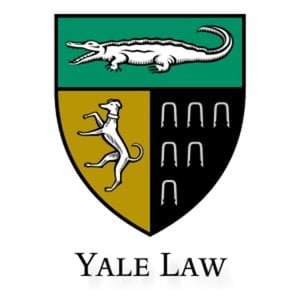
Then, we come back to the 2003 Yale pipe bombing and the array of connections to Norman Yarvin. So many questions were left unanswered about the investigation that took place. Why wasn’t Norman Yarvin properly questioned or named asuspect? Why wasn’t the suspect’s composite sketch released to the media? Why was a gag order put on the case? Why was it so quickly not assumed to be terrorism during a time of a heightened terror alert level? Why downplay such a serious event? And who was the white, clean-shaven man with hair just flopping under his ears who was spotted just before the explosion?
All that being said, it must be noted again, clearly and in good faith, that Norman Manda Yarvin hasn’t only archived information on explosives and firearms on his Yarchive.net, he has also saved some of the most historically important online posts in all the internet age, posts threatened by Google’s poor stewardship of the Usenet archives. Even though it would be naïve to assume that the information could never end up in the wrong hands, “the wrong hands” can find that same information in more detail elsewhere with great ease. The latter argument is also often used by more sinister actors to hide such information and often to target and censor unrelated info which the authorities may find inconvenient.
Whatever the truth may be, we can see that Herb and Norman Yarvin have now taken the proverbial backseat in the Yarvin family history and this is likely for a number of reasons. The fact that Curtis Yarvin doesn’t mention his much more interesting brother and his scientific supremacy or talk of his father’s work for the Clinton administration and the United Nations could make people assume that he’s hiding these facts from his followers. Followers who don’t want their precious Moldbug to be related to the old political guard, globalist entities like the UN and the tainted Clinton dynasty.
Irrelevant are the wants of a Moldbug, if the casualty is the truth.
***
I began to research the Yarvin family to try and discover the origins of Curtis Yarvin’s neo-reactionary ideology. While mapping out the Yarvin family history has been an interesting and informative endeavour, it did not really achieve the original goal of the investigation. Herbert and Norman Yarvin are more serious characters than Curtis Yarvin and appear also to have been a lot less eager to be in the limelight. The family obviously shares a lot of similar views, probably in part as a result of their fathers globe-trotting and the families exposure to post-colonialism cultures around the world. This may have helped to foster a culture of superiority within the Yarvin family unit, but would not be a significant enough catalyst for the creation of Mencius Moldbug, his ideology, and the growing culture forming around him.
Instead, it is elsewhere that I discovered the formation of Curtis Yarvin’s ideology. The Yarvin brothers both existed in two separate worlds, they may have lived in the real world some of the time but they were both completely absorbed inside the more off-centre cultural Petri dishes which formed and flourished in the early days of cyberspace, and that is where one can find the formation of Curtis Yarvin’s ideology. There’s more to come.
Author’s note: I’d like to thank @Kantbot for his help and advice in writing this piece. He is a fantastic researcher who is truly worth a follow. A true gent.
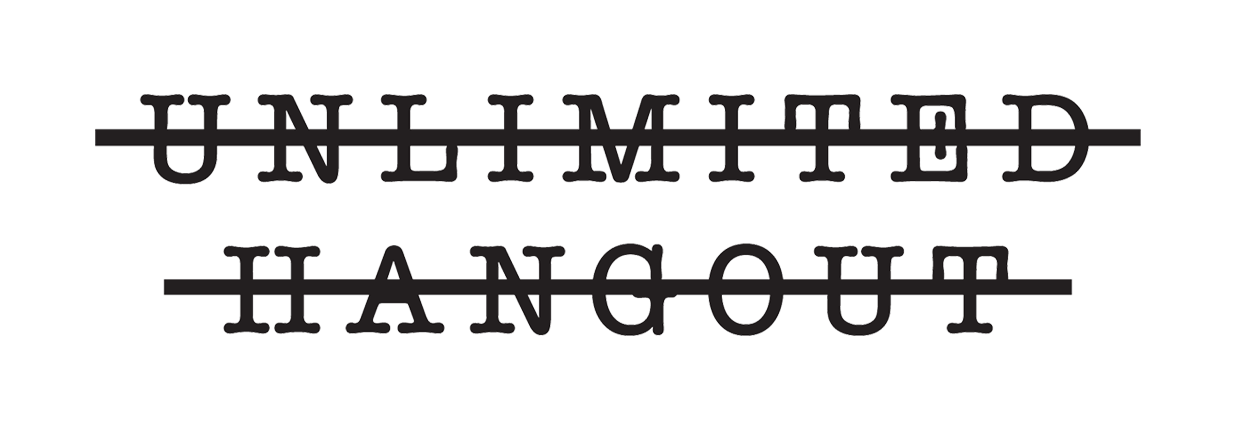
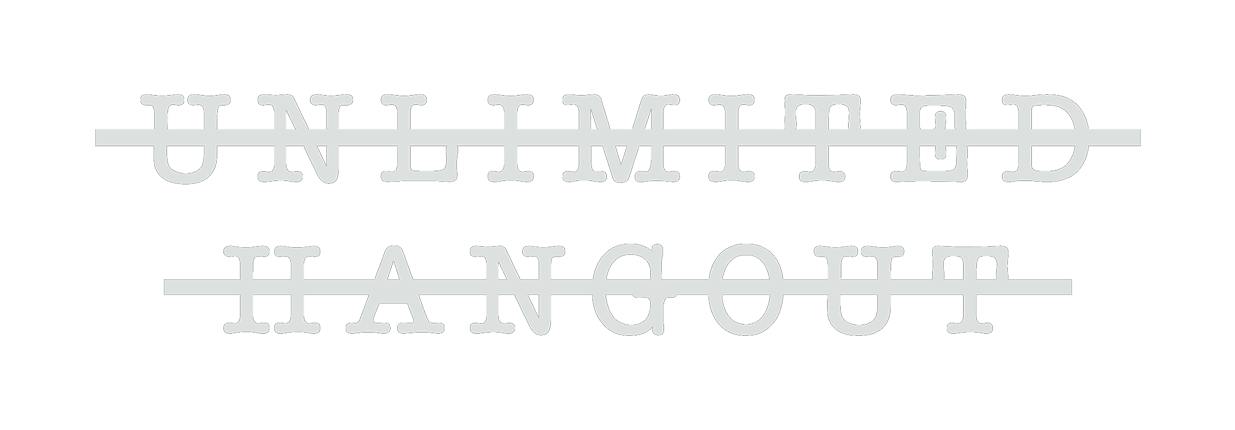



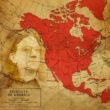
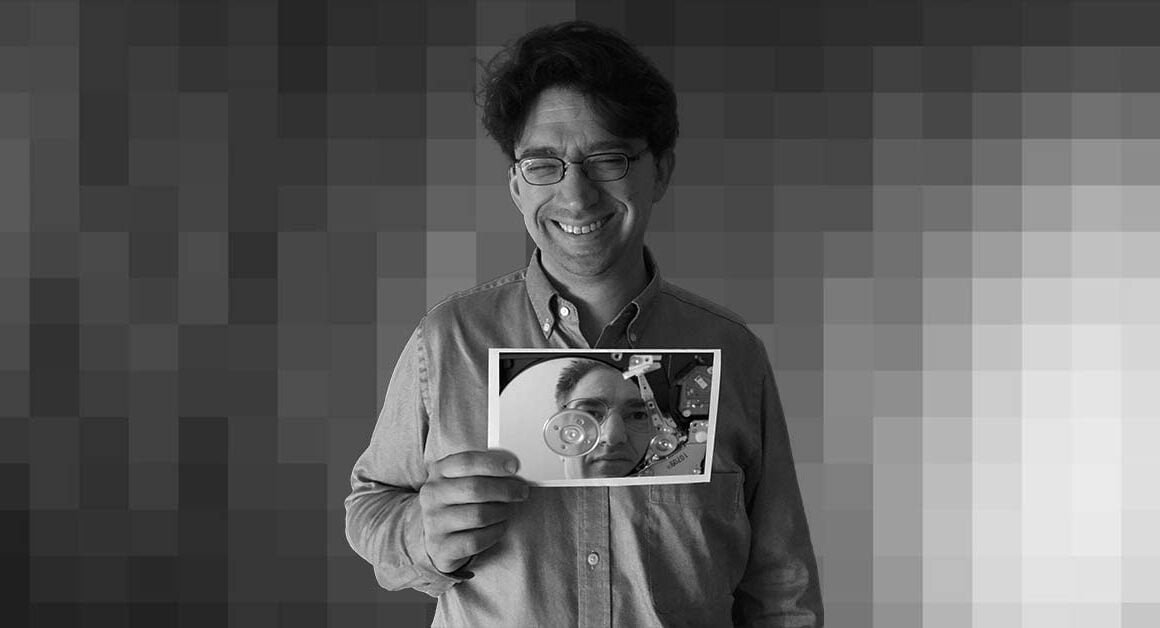

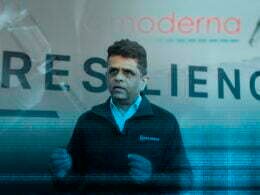


Another cracker, Johnny! I love these family history investigations.
looking forward to reading the next instalment.
The reason he want investigated is as plain as the nose on his face…
Fact-checker here. Interesting research, but you misattribute a long quote (“I think everyone charged with a crime etc.”) to Norman Yarvin that is in fact a comment on Yarvin’s email by Robert Thompson. Details!
Also: “His sons, Norman and Curtis, both were privileged boys of a man serving in the Foreign Service and, because of that fact, they would receive scholarships to top universities and were singled out early on within their respective fields as very talented.” This is pretty weak, implying that, if not for Herb’s influence, Norman and Curtis might not have done well academically. You note earlier in the story that CY, born in ’74, received a scholarship to Johns Hopkins in… 1988. Privilege is the wrong frame here. You don’t win scholarships to university when you’re fourteen years old just because of who daddy is.
One more: “The fact that Curtis Yarvin doesn’t mention his much more interesting brother and his scientific supremacy or talk of his father’s work for the Clinton administration and the United Nations could make people assume that he’s hiding these facts from his followers.” This isn’t accurate. Yarvin often (and pointedly) mentions his father’s government work, and though he talks about his brother less, he’s linked to him on at least one occasion. I realize I may sound like the Moldbug defender here or something, but I’m just trying to help keep the record straight.
“Curtis Yarvin, a far-right blogger writing under the alias Mencius Moldbug…”
The term far right doesn’t mean much at this point. Why use it all.
Your first paragraph is basically non-sensical, so I only skimmed the rest. Fascists believe in big government. Not libertarianism. jfc wtf
I’m only trying to help. You’re incompetent; don’t censor me.
Absolutely excellent research. Added your article to the family try I am working for them to keep this all on record. Thank you for this!